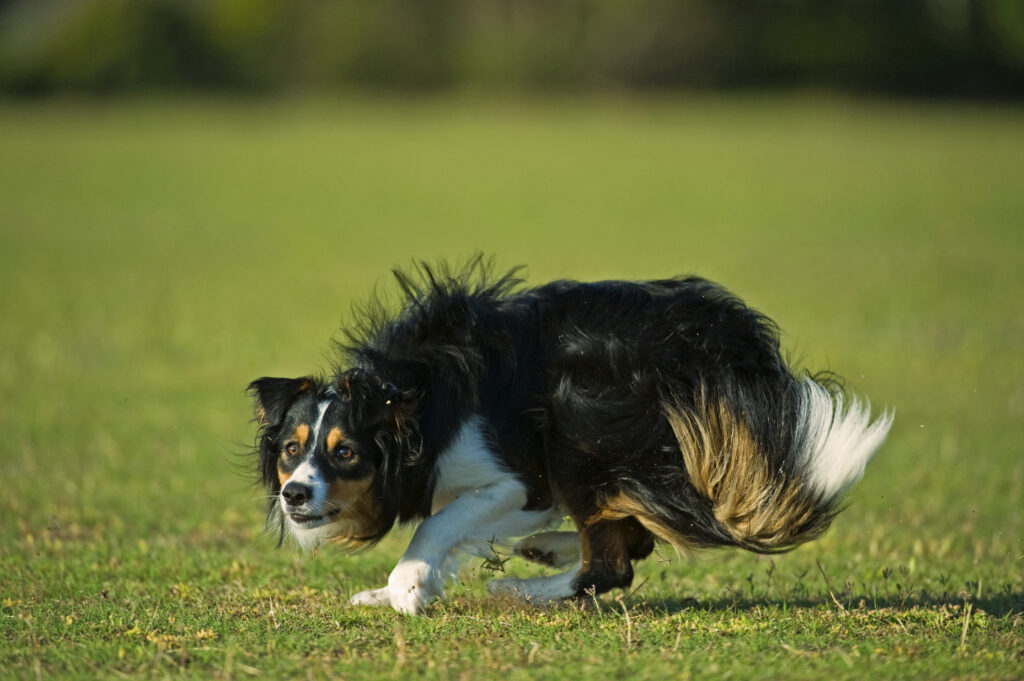(Adapted From Kim Brophey’s Groundbreaking Book, “Meet Your Dog”)

Australian Cattle Dog, Heelers, Australian Kelpie, Australian Shepherd, Bearded Collie, Beauceron, Belgian Groenendeal, Belgian Malinois, Belgian Sheepdog, Belgian Tervuren, Berger Picard, Border Collie, Briard, Cardigan Welsh Corgi, Collie-Smooth and Rough, German Shepherd Dog, Old English Sheepdog, Pembroke Welsh Corgi, Polish Lowland Sheepdog, Puli, Pumi, Pyrenean Sheepdog, Shetland Shhepdog, Swedish Vallhund, Including mixes of any of these breeds.
Herding breeds were developed to aid in the moving and/or corraling of livestock, They were bred to work closely with their human handler for long and intense work days.
You Will Fall In Love With A Herding Dog Because He/she Is:
A Robin To Your Batman – Ready to heed the call for any mission on the horizon, he/she will not rest as long as there is an adventure to be had.
Attentive – He/she is keenly aware of their environment, as well as his/her partner’s emotions and instructions.
Responsible – This “Type A” personality keeps his/her t’s crossed and I’s dotted with rues, routine, work, and games.
You Might Find A Herding Dog Hard To Live With Because He/She:
Bossy – He/she is a regulator, here to establish law and order by managing the living room, neighborhood, park, and natural universe.
A Workaholic – His/her mental and physical ambition can make him/her overwhelming and exhausting at times, especially if you have a quiet indoor life.
Clingy – His/her otherwise adorable person’s focus can be a little on the unhealthy side.
You Might Find Yourself Seeking Professional Help For:
- Chasing fast-moving objects like cars, bikes, skateboards, joggers, cats, and children.
- Controlling behavior towards other pets or family members, possibly manifesting as threats or aggression.
- Sensory hypersensitivity: to lights, shadows, sounds, and motion.
- Excessive barking at events, at his/her environment, and at people and animals.
- Nipping the feet or legs of people and animals.
- Protectiveness of territory and social members.
- Threatening or aggressive behaviors towards visitors.
- Hyperactivity, agitation, or restless behavior.
- Overexcitement, threatening or aggressive appearance displays towards other animals, people, bikes, cars, etc.
- Neurotic, repetitive, and obsessive behaviors. OCD such as spinning, tail chasing, retrieving, circling, barking, or shadow/light chasing.
